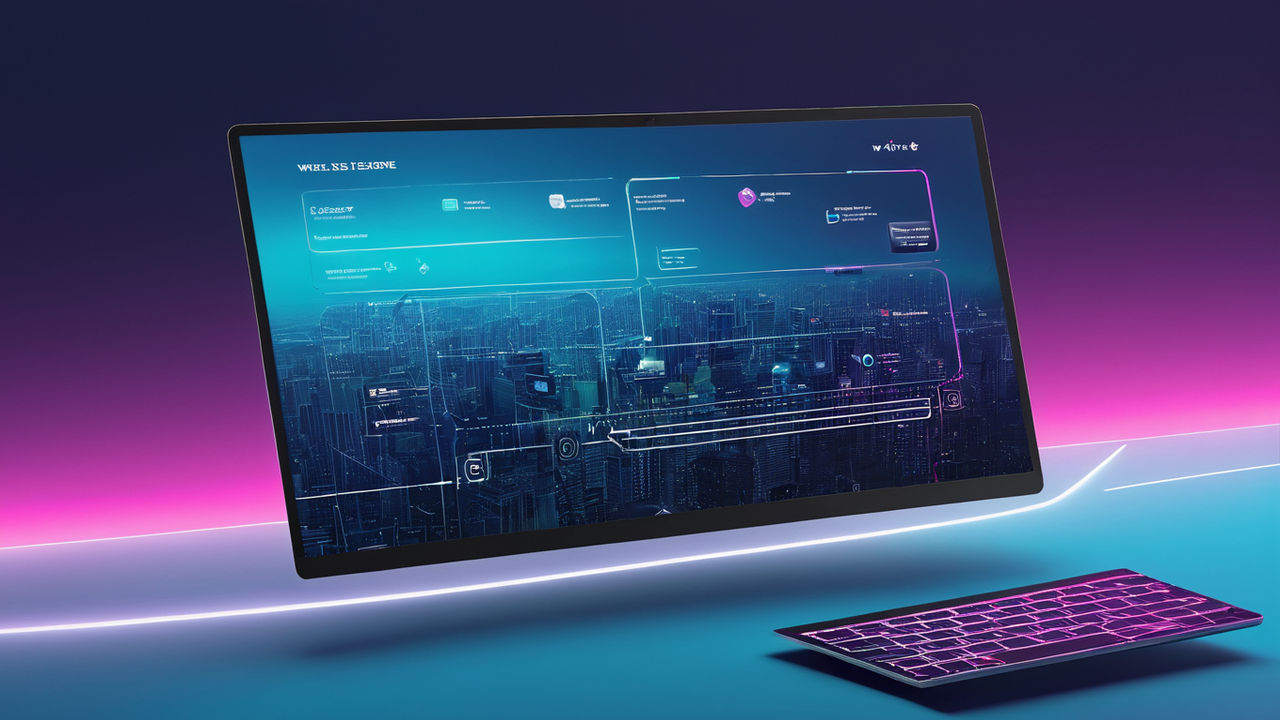Unlock Reinforcement Learning: Power Up Web Design with User Interaction
In today’s web design landscape, personalization is key to offering users a tailored experience. With the growing influence of Reinforcement Learning (RL), a branch of machine learning, web developers are exploring new ways to leverage user interaction for a more dynamic, customized web experience. This article delves into how Reinforcement Learning is changing web design and how you can apply it to enhance personalization through real-time user feedback.
What is Reinforcement Learning?
Reinforcement Learning is a type of machine learning where an agent learns by interacting with its environment. In web design, the “agent” can be an AI model that observes how users navigate a site and adjusts the layout or content based on their behavior. For example, a website could present different navigation options or features depending on how the user interacts, creating a personalized experience tailored specifically to that individual.
Reinforcement learning relies on a reward system to make decisions. It tests various approaches to optimize the user experience and enhances personalization based on data it collects from interactions.
For further exploration, check out how AI-driven personalization can transform user experiences with tailored content.
Benefits of Reinforcement Learning in Web Design
Implementing Reinforcement Learning in web design comes with numerous advantages. It allows developers to improve the site’s adaptability and responsiveness, providing better experiences for users. For instance, users who frequently visit e-commerce websites might see product suggestions and a page layout adjusted to their preferences over time. Reinforcement Learning can help predict what content is most relevant, thereby increasing engagement.
An additional benefit is the ability to adapt in real time, making websites smarter. This leads to better user retention, as the design continuously improves based on users’ actions. To learn more about user-centric design strategies, check out our guide on ultimate mobile app success principles.
How Reinforcement Learning Works in Web Design
At its core, Reinforcement Learning in web design works by processing data from user interactions and using that information to make decisions. For instance, if a user spends more time on product pages related to technology, the system could recommend similar categories or adjust the site layout to feature more of that type of content.
This system is trained by trial and error. The more data collected, the smarter the agent becomes at optimizing the site’s personalization features. By integrating Reinforcement Learning with AI-powered tools like AI-enhanced code generation, developers can automate this process to refine user experiences more efficiently.
Applying Reinforcement Learning to Enhance Personalization
Applying Reinforcement Learning in web design requires a blend of user data analysis and AI technologies. Developers can start by identifying key user behaviors, such as clicks, scrolls, or time spent on certain pages. Once the RL system gathers enough data, it can provide personalized recommendations, create dynamic content flows, and adjust site features to match individual preferences.
A successful example is e-commerce platforms that use reinforcement learning to recommend products based on real-time feedback. Every action a user takes refines their experience, resulting in a highly personalized shopping journey. Learn how AI in mobile app development has revolutionized user experiences in our post on AI’s impact on mobile app design.
Future Trends: Reinforcement Learning and Web Design
The future of web design lies in its ability to adapt and learn from user input dynamically. As Reinforcement Learning technologies improve, the web will become more personalized, with design elements that predict user needs even before they are expressed. This will likely lead to even more advanced, intuitive user interfaces that change in real-time, optimizing conversion rates and user satisfaction.
To remain competitive in web development, incorporating reinforcement learning is essential. Machine Learning and AI technologies are growing rapidly, and the most successful developers are those who embrace these tools for designing smarter, more efficient websites.
Conclusion: Enhance Your Web Design with Reinforcement Learning
Incorporating Reinforcement Learning into your web design process enables a more engaging, personalized user experience. By adapting site layouts, content, and design features in real-time, RL can significantly enhance user satisfaction and retention. Web developers looking to create a next-level user experience should consider leveraging this cutting-edge technology.
If you are interested in building dynamic web apps using cutting-edge technologies, explore our in-depth guide on AI-driven web development to stay ahead of the curve.
Discover more from Just-CO
Subscribe to get the latest posts sent to your email.




